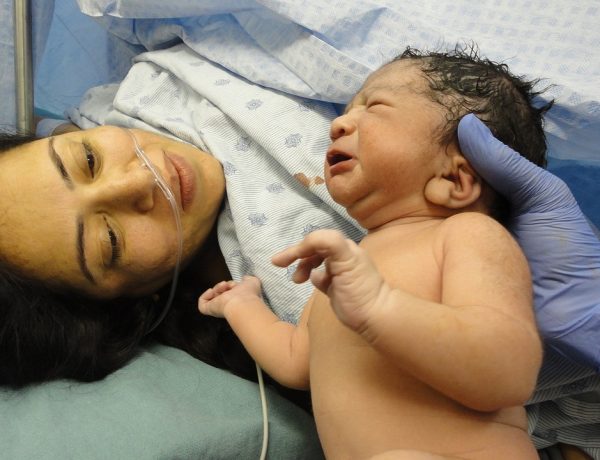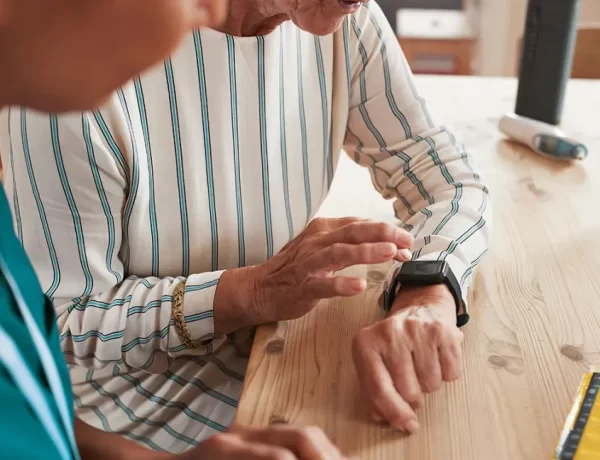Research shows men are more likely to struggle with alcohol use disorder than women. However, this gap appears to be narrowing. More women are drinking today. Why are they doing so? What factors contribute to the rise in alcohol use among women?
Biology
Binge drinking is more common than some people think, and it can lead to the need for a facility offering sober living for women in Los Angeles. This phenomenon, according to the National Institute on Alcohol Abuse and Alcoholism (NIAAA) occurs when a person drinks to the point where their blood alcohol concentration (BAC) exceeds 0.08 percent or more. Women are typically smaller than men, so it takes less alcohol for their BAC to reach this level.
Generally speaking, if a woman consumes four or more drinks in two hours, she is binge drinking. Men would need to drink five or more drinks in this time frame for it to be considered binge drinking. Research shows, that among those who drink, about 25 percent have engaged in binge drinking in the last 30 days.
Social Drinking
Women today feel as if alcohol is important to their social lives. They enjoy drinking and like getting together with friends when doing so. The social element is particularly important to younger women today. Social media contributes to this, as people often share pictures of themselves having a good time with friends and drinking. When other women see these pictures, they want to get in on the fun.
Mental Health
Many women today struggle with mood disorders. In fact, the Centers for Disease Control and Prevention reports one in ten women may have experienced an episode of major depression in the past 12 months. This information comes from a single study conducted by the agency but it highlights the importance of recognizing mood disorders in women.
Women struggling with a mood disorder, such as major depression or anxiety, are more likely to use alcohol and other substances. They do so as a way to self-medicate. A woman might be hesitant to seek treatment because she doesn’t want others to view her as weak or to think of her as a bad wife or mother. She turns to alcohol or drugs to manage the symptoms.
Co-Occurring Disorders
When a woman has a mental health issue and a substance use disorder, professionals refer to them as co-occurring disorders. She will need to work with professionals familiar with dual diagnoses to get the help she needs. Why is this important?
A person who only receives help for a mental health issue and not a substance abuse issue or vice versa is more at risk of relapsing. When mental health symptoms appear in the future, they may turn to alcohol or drugs to manage them. If they drink or use drugs, the mental health symptoms may reappear. Treating both conditions simultaneously increases the odds of a full recovery.
Women tend to see the negative effects of alcohol more than men today. Sadly, women who consume large amounts of alcohol are also more at risk of physical health problems. They might suffer from liver or heart damage. Breast cancer risk increases with alcohol use, and excessive alcohol consumption may lead to a brain injury. Furthermore, women who drink while pregnant put their babies at risk of health problems. Any woman who suspects she has a problem with alcohol or a mental health condition should seek help right away. Doing so will help the woman get her life back on track.
Read more lifestyle articles at ClichéMag.com
Images provided by Deposit Photos, BingAI, Adobe Stock, Unsplash, Pexels, Pixabay & Creative Commons





